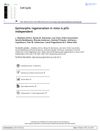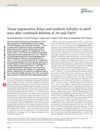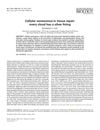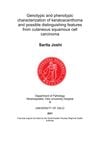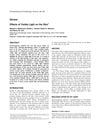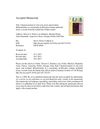Cell Cycle Regulation and Regeneration
January 2012
in “
Current Topics in Microbiology and Immunology
”
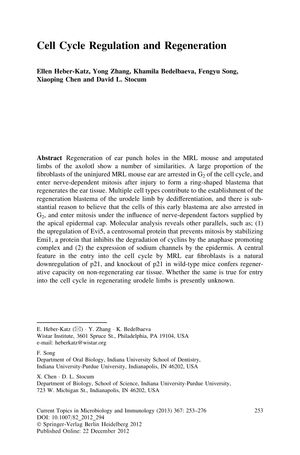
TLDR Mice that can regenerate tissue have cells that pause in the cell cycle, which is important for healing, similar to axolotls.
The document examines the regenerative abilities of the MRL mouse and compares them to the axolotl, an amphibian known for its regenerative capabilities. It was discovered that a significant number of fibroblasts in the MRL mouse ear are in G2 arrest and can enter mitosis after injury, which is essential for tissue regeneration. This process is similar to the axolotl limb regeneration, where cells also enter G2 arrest and mitosis, influenced by nerve-dependent factors. The study identifies the downregulation of p21 as a key factor in enabling MRL mice to regenerate, as knocking out p21 in non-regenerative mice induces regenerative abilities. The document also notes that 45% of cells in regenerative mice strains exhibit a G2/M arrest, which is associated with a DNA damage response, and that p21 is not expressed in these cells, leading to G2 arrest. The role of p53 in regeneration is complex, with deletion of p53 having no effect on regeneration in MRL males and a positive effect in females. The study suggests that eliminating TGFß signaling, which stimulates p21, could enhance regeneration. Additionally, mutations in genes like Exonuclease 1 and Kif23 may be important for regeneration. The paper concludes that understanding cell cycle regulation, particularly G2 arrest and cytokinesis, is crucial for insights into regeneration mechanisms, with Evi5 and MKLP1 upregulation being critical. The number of mice used in the study is not specified.
